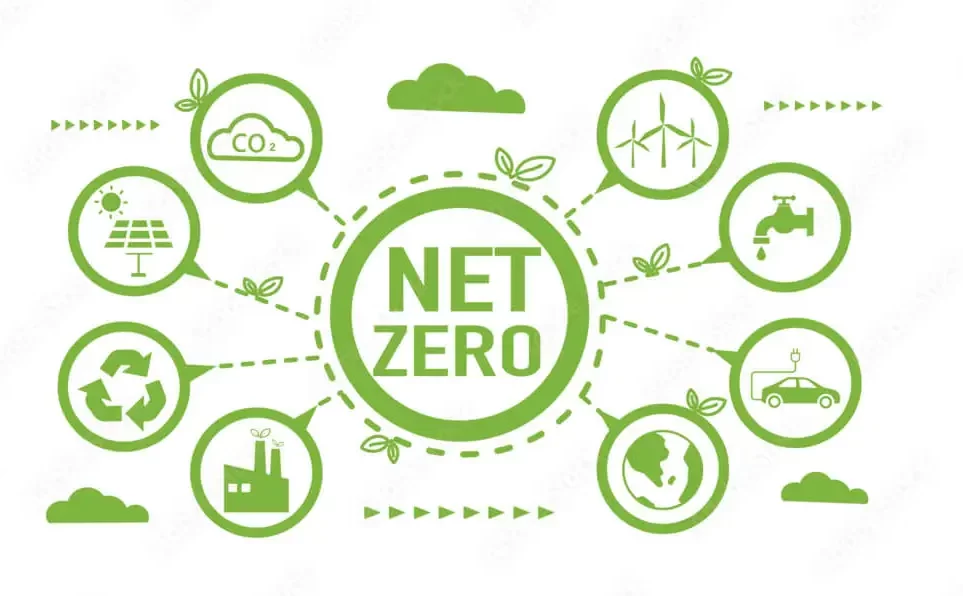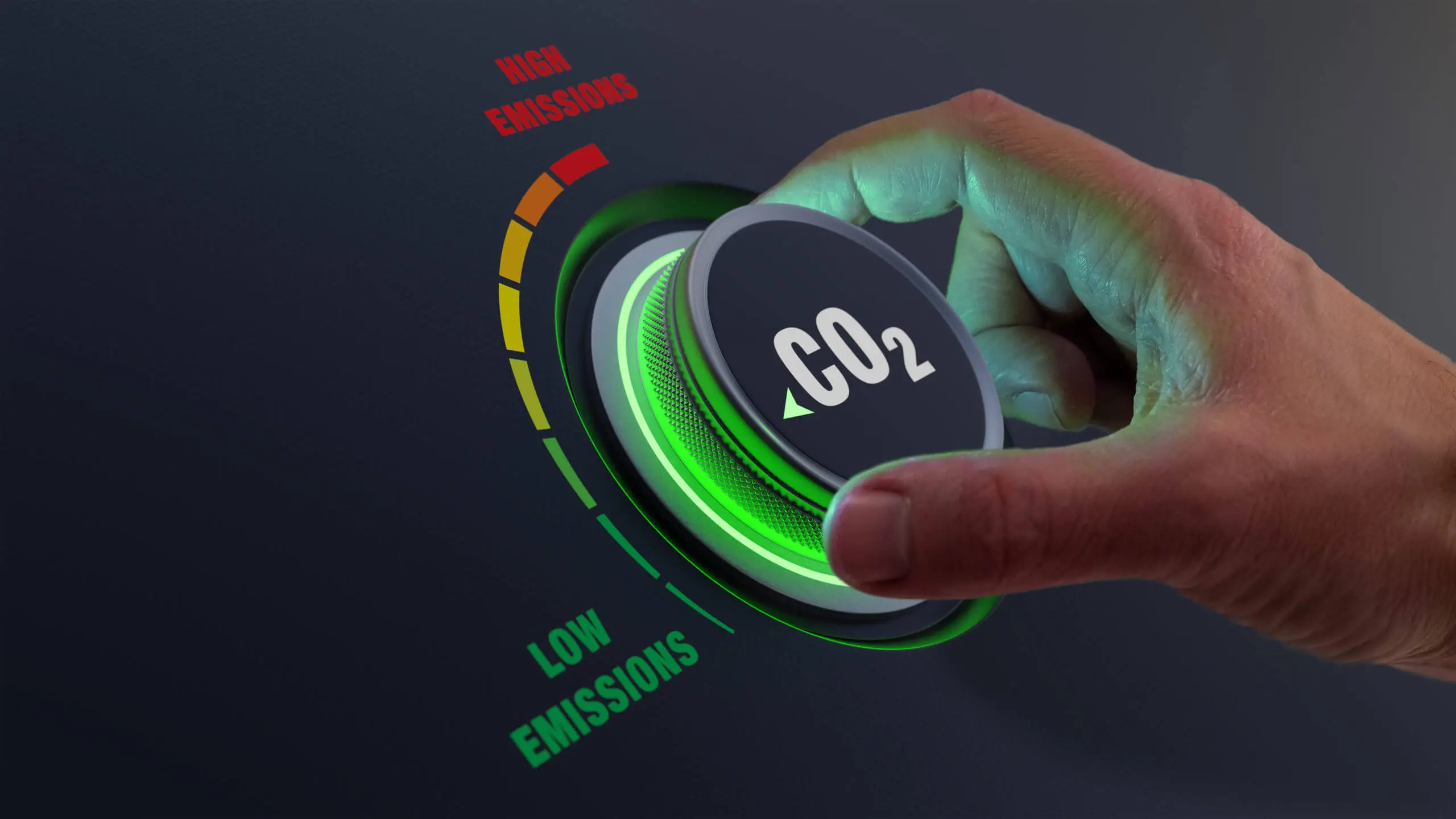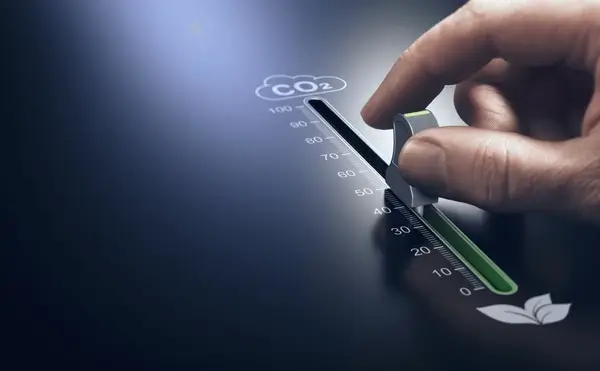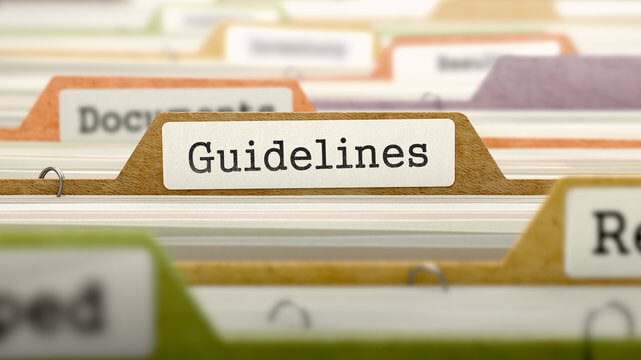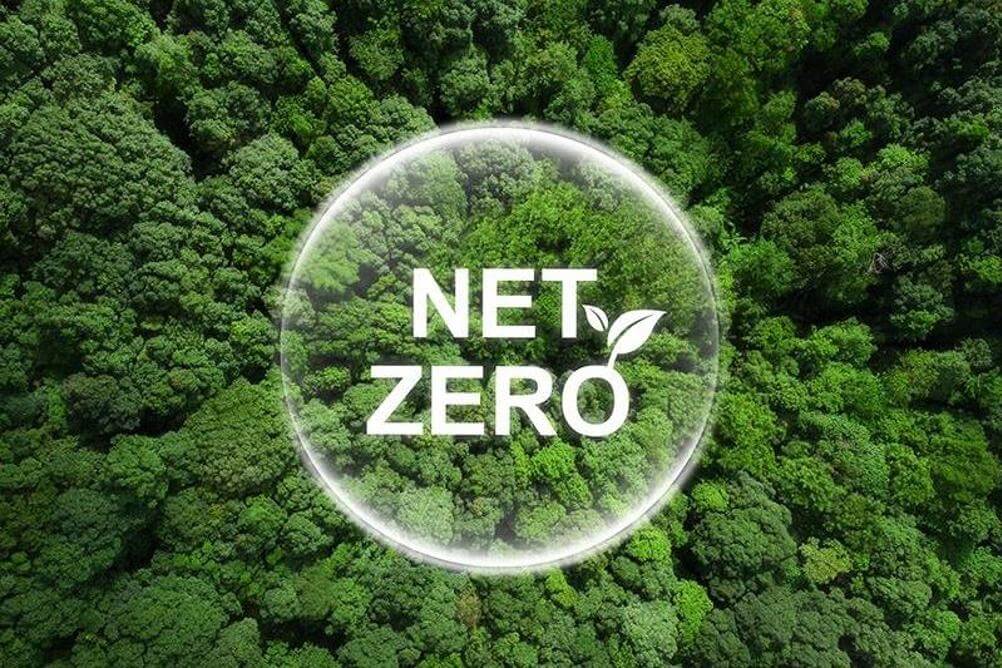How to Build a Decarbonization Roadmap

Transitioning to a decarbonized future isn’t just about setting ambitious goals; it’s about building a pragmatic roadmap to reach them. As the world faces ever-increasing environmental challenges, this roadmap is taking a central role for organizations of all types. In a bid to not just meet, but exceed, these environmental goals requires a plan that’s as finely-tuned as the machinery needed to support it. For business leaders, sustainability managers, and climate activists, the journey towards a decarbonized future starts with a comprehensive roadmap. Here’s your guide on how to chart that path.
1. Understand the Regulatory Landscape
Start by becoming deeply informed about the policies and guidelines that shape the decarbonization journey. This involves not only the overarching international agreements like the Paris Accord but also local and national regulations that might have more immediate impacts on your operations. Understanding the regulatory landscape gives you the canvas on which to paint your roadmap. It provides the context to set realistic targets and ensures your plans align with governmental expectations.
Key Actions:
- Keep abreast of all local and national decarbonization agendas and their targets.
- Engage with industry and regulatory bodies to contribute to policy formulation.
- Regularly audit your compliance with existing and forthcoming environmental legislation.
2. Setting Baselines and Benchmarks
Before you can steer toward a lower-carbon future, it’s essential to understand your current emissions profile. This means conducting a thorough baseline assessment to get a clear picture of where you’re starting from. Once this is established, you can begin setting clear, achievable benchmarks that will not only keep you on track but will also allow you to celebrate incremental successes along the way.
Key Actions:
- Conduct a comprehensive emissions audit across all facets of your organization.
- Establish short- and long-term carbon targets that are ’S.M.A.R.T’ (Specific, Measurable, Achievable, Relevant, Time-bound).
- Use technology to monitor and report on progress towards these targets in real time.
3. Identifying Inhibitors and Accelerators
Decarbonizing a complex system involves tackling a wide variety of factors. Some of these will spur you forward, and others will hold you back. Identifying these is critical for efficient progress. This could include everything from power infrastructure and supply chain inefficiencies to cultural barriers within your organization.
Key Actions:
- Conduct a comprehensive scanning of existing infrastructure and processes that contribute to emissions.
- Survey the ecosystem for innovation and new technologies that could significantly lower your carbon footprint.
- Identify any organizational obstacles and plan for robust change management strategies.
4. Evaluating Decarbonization Scenarios
It’s important to remember that the decarbonization journey is not one-size-fits-all. You will need to evaluate, quite literally, every scenario to determine which path is best for your organization. This could involve considering the immediate benefits of solar power, the long-term potential of hydrogen fuel cells, or the merits of carbon offsetting.
Key Actions:
- Develop a range of decarbonization scenarios, from business as usual to radical transformation.
- Use the latest data and modeling to estimate the costs and outcomes of each scenario.
- Weigh the social, economic, and environmental implications of each option.
5. Building an Execution Plan
With scenarios laid out, the next step is building a robust plan to execute your decarbonization roadmap. This involves more than just task lists and deadlines; you must engineer an entire approach that integrates with your existing operational framework. How will you fund these initiatives? Who will be in charge of what? What are the contingencies? All these and more must be addressed.
Key Actions:
- Develop a detailed project plan that spans years, broken down into quarters or months.
- Establish clear governance structures and assign responsibilities.
- Determine the appropriate funding models, be it through capex, partnerships, or innovative finance mechanisms.
6. Transitioning from Goals to Results
Goals don’t achieve themselves, which is why the transition from aspiration to implementation is crucial. This stage is about turning the rhetoric of sustainability into concrete changes in the way you do business. It means investing in the right technologies, training staff, and maintaining the momentum.
Key Actions:
- Begin implementing projects with quick wins to build early momentum.
- Develop and deliver training programs to upskill employees on sustainable practices.
- Establish a communication strategy to keep stakeholders informed and engaged throughout the process.
7. Challenges, Complexities, and Vulnerabilities
As with any major organizational shift, the decarbonization roadmap is fraught with challenges, complexities, and vulnerabilities. Understanding these can help ensure you’re prepared for what’s ahead. You may encounter resistance from internal stakeholders, encounter financial constraints, or realize a lack of supportive infrastructure.
Key Actions:
- Conduct regular risk assessments to evaluate potential disruptors to your plan.
- Develop robust strategies for mitigating risks, particularly focusing on the most crucial transition points.
- Foster a culture of flexibility and continuous improvement to adapt to new information and challenges.
8. Improve your software by integrating complementary tools.
The power of data and technology can be harnessed to drive the decarbonization roadmap. By leveraging digital tools like Leaf, you can adapt to a data-driven approach, providing transparency and allows for smarter, more efficient decision-making.
Key Actions:
- Implement IoT devices to track real-time energy use and emissions.
- Utilize advanced analytics to gain deeper insights into your environmental performance.
- Engage with and invest in technological advancements that can enable your decarbonization journey, such as AI, blockchain, and the Internet of Things (IoT).
Conclusion
Creating a decarbonization roadmap is a major leap towards a more sustainable and resilient future. It requires diligence, strategic planning, and an understanding that change is not just desirable but imperative. As you embark on this journey, remember that the efforts you make today will not only benefit your organization’s bottom line but also the health and well-being of future generations. By following the steps outlined above, you can take meaningful strides towards building a more sustainable future.
Ecuador's Zero Carbon Programme is a testament to the country's commitment to sustainability, setting a global example. This guide highlights the program's strategies, benefits, and how businesses can align with these green initiatives.
Global Net Zero Programs leading the charge towards sustainability. From Latin America's innovative policies to the EU's Green Deal, this guide illuminates the path to a greener future for businesses, policymakers, and individuals.
The power of technology in your decarbonization journey. This guide offers insights into leveraging digital tools for sustainable development, ideal for eco-conscious leaders and tech enthusiasts.
Colombia's Carbon Neutral National Program is a beacon for sustainable transformation, blending ambitious goals with actionable strategies. This guide delves into its impact on businesses and society, showcasing the path to a greener future.
Unlock Net Zero strategies in finance to combat climate change. This guide for finance pros offers a roadmap to sustainability, benefits, and innovation.
"Driving the Green Revolution: A Comprehensive Guide to Banking Decarbonization. This essential read for financial institutions outlines the transformative steps towards achieving carbon neutrality.
The Future of Finance: Banks' Strategic Path to Net Zero Compliance. Discover how banks can lead the charge towards a sustainable future by aligning with the Net Zero Banking Alliance.
The pivotal role of Net Zero in transforming the finance sector towards sustainability. This comprehensive guide delves into actionable strategies, pioneering examples, and the future of banking with Net Zero goals.
Glasgow Financial Alliance for Net Zero (GFANZ): A groundbreaking initiative uniting the world's leading financial institutions in the quest for a sustainable future. Learn how GFANZ is steering the global finance sector towards net-zero emissions by 2050, aligning billions in assets with the goals of the Paris Agreement.
Join the transformative journey with the Net Zero Banking Alliance: A global initiative uniting banks in the fight against climate change. Discover how over $130 trillion in assets are being steered towards a sustainable future, fostering innovation, and driving the banking industry towards a net-zero carbon economy.


